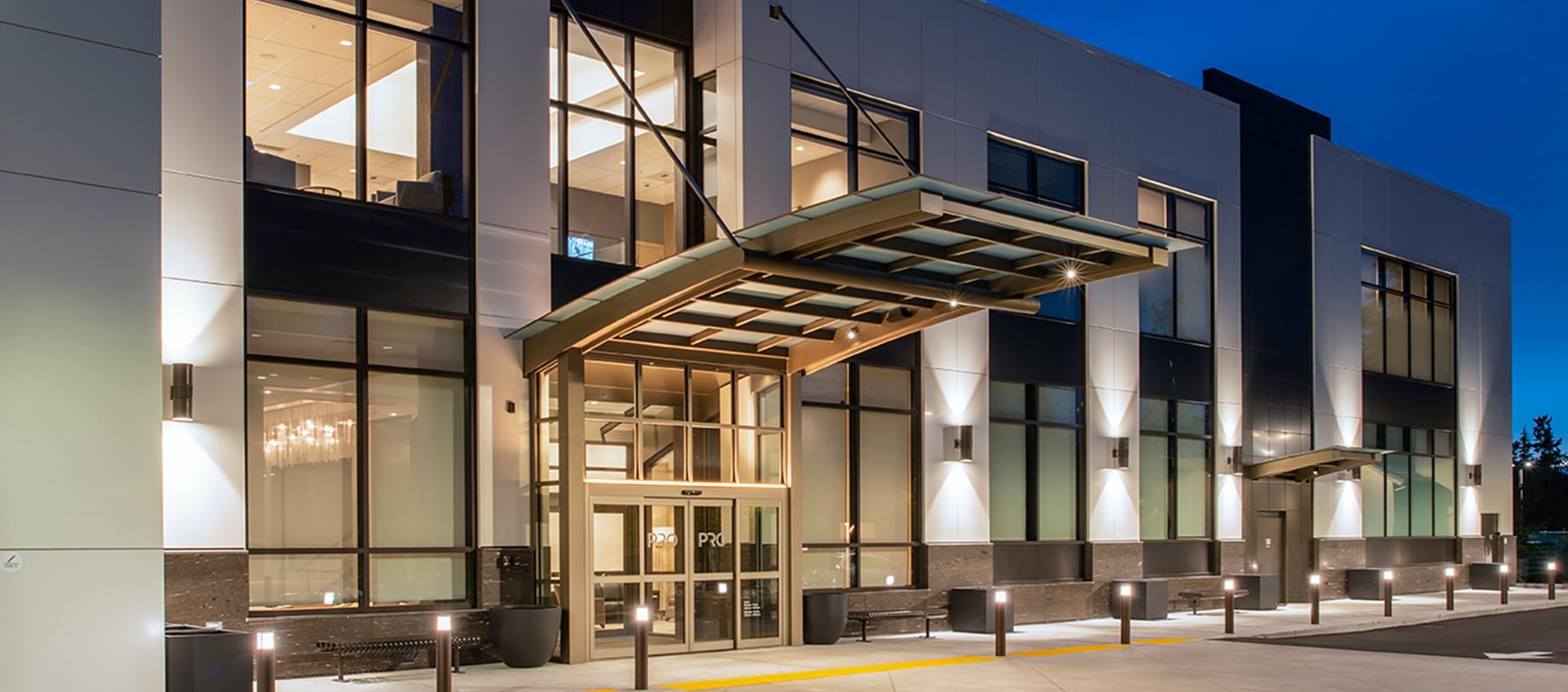Upcoming Events
May 18, 202410:30
Fit Lab 2
Fit Lab StudioCHRISTIANNE W.$0.00
10:30
HIGH Fitness
Studio AMIHO L.$0.00
10:30
All Levels Yoga
Studio BNANINE R.$0.00
10:30
PRO Jam
Yoga StudioTERRY M.$60.00
12:00
Drop & Drill (2.5-3.5, Ages 18+)
Tennis Court 1YUHTA K.$0.00
12:00
All Levels Yoga
Studio BSANKAR V.$0.00
price=freeprice=Drop-In $price=enrollment









